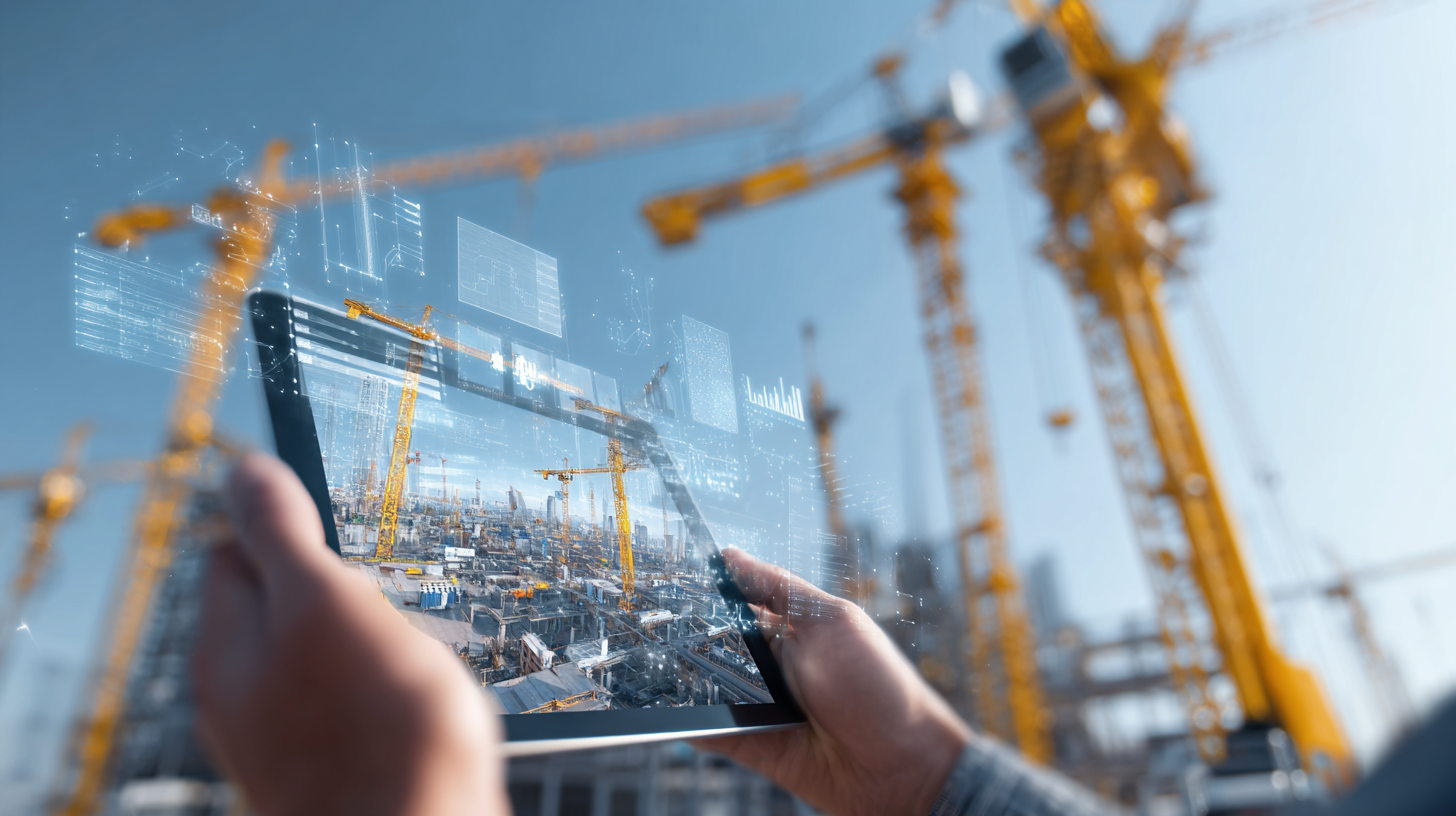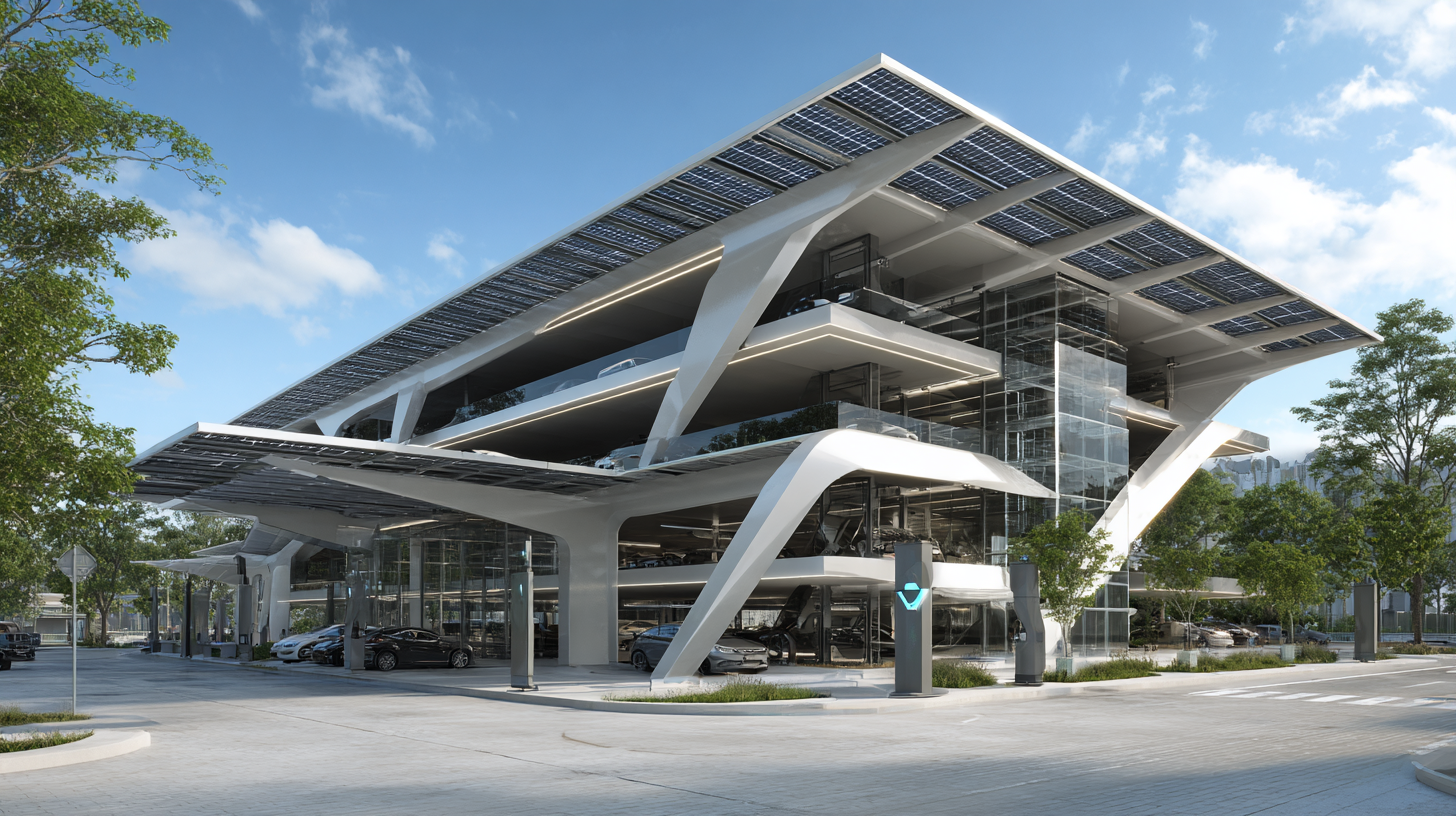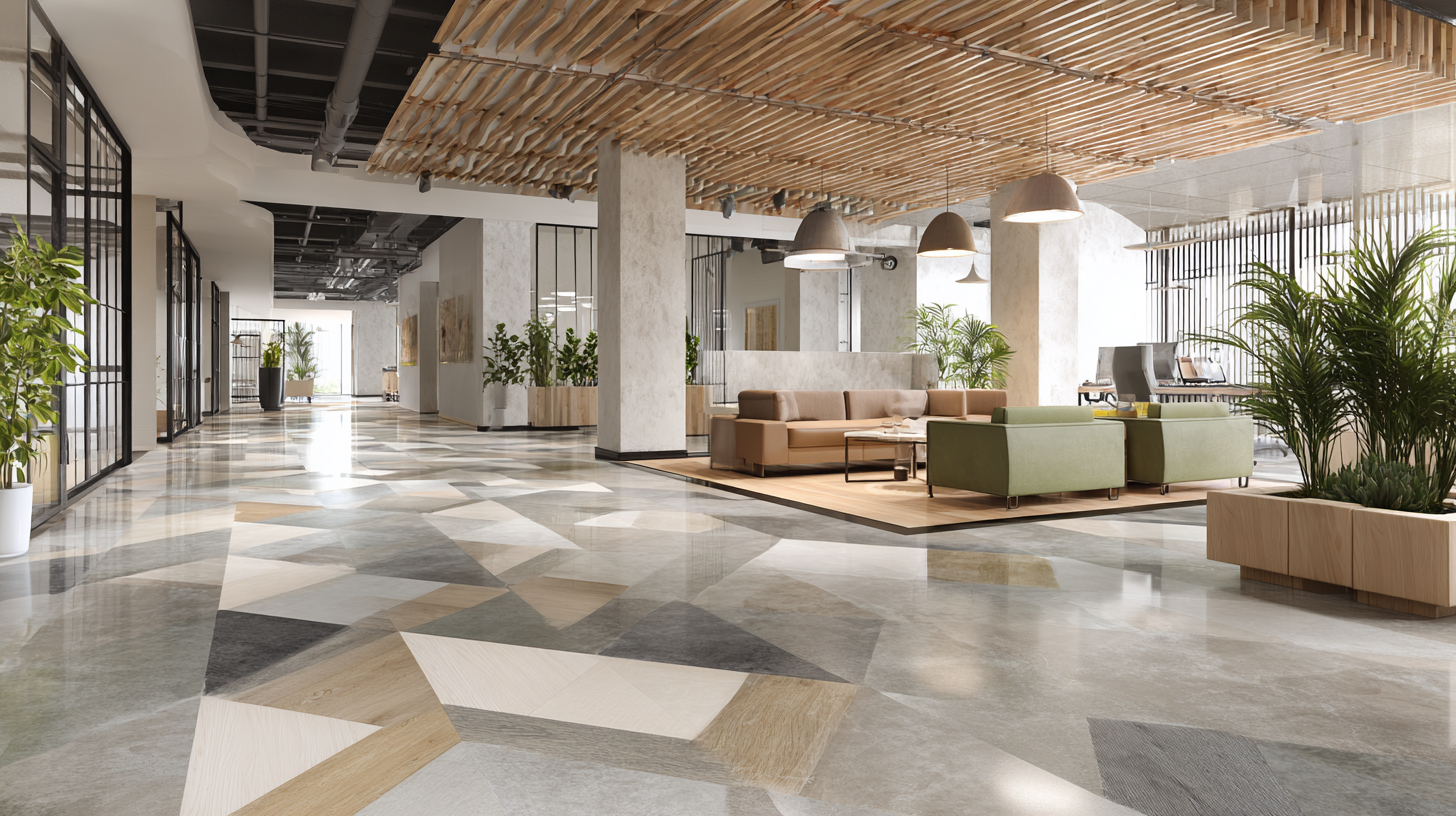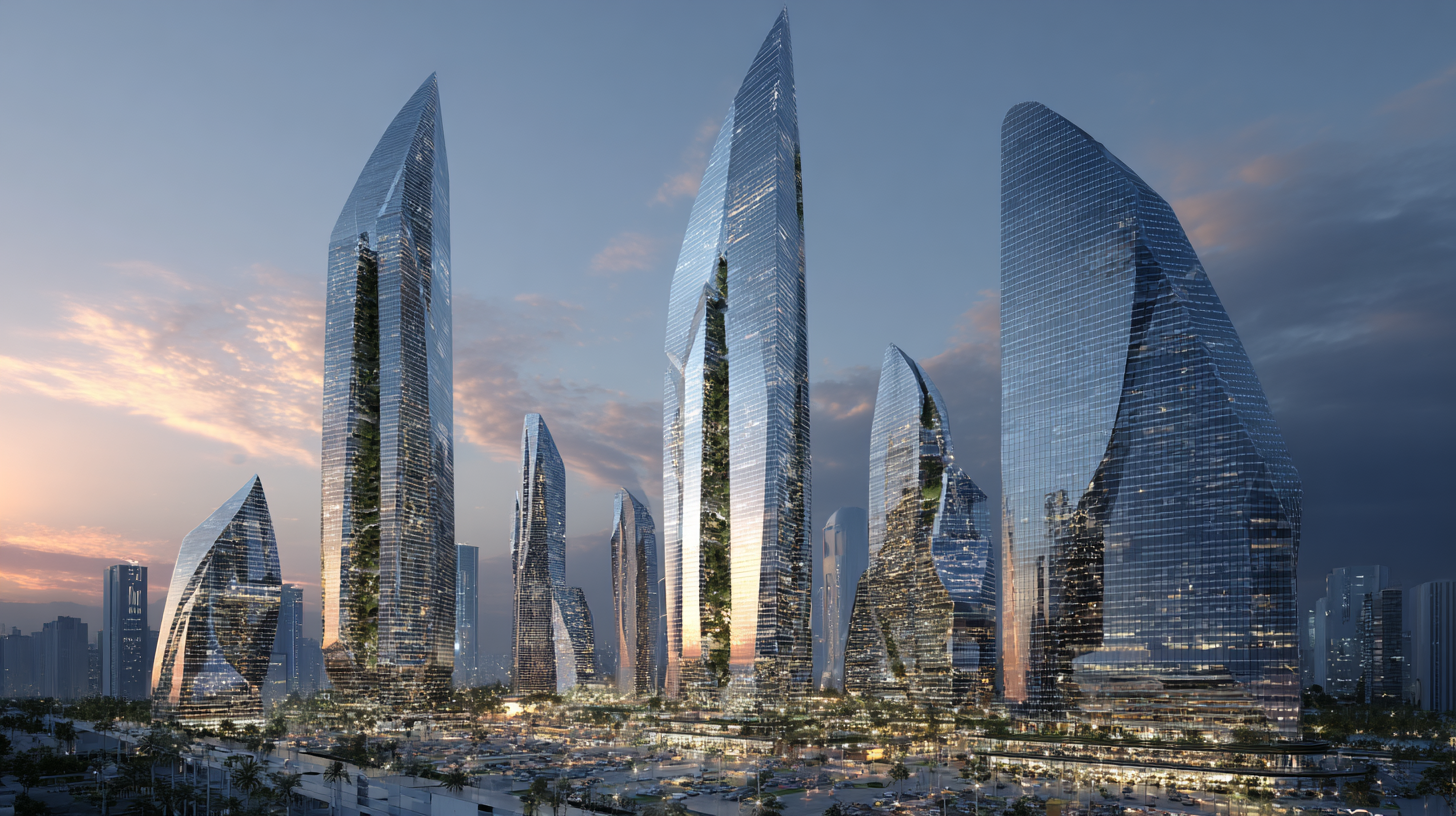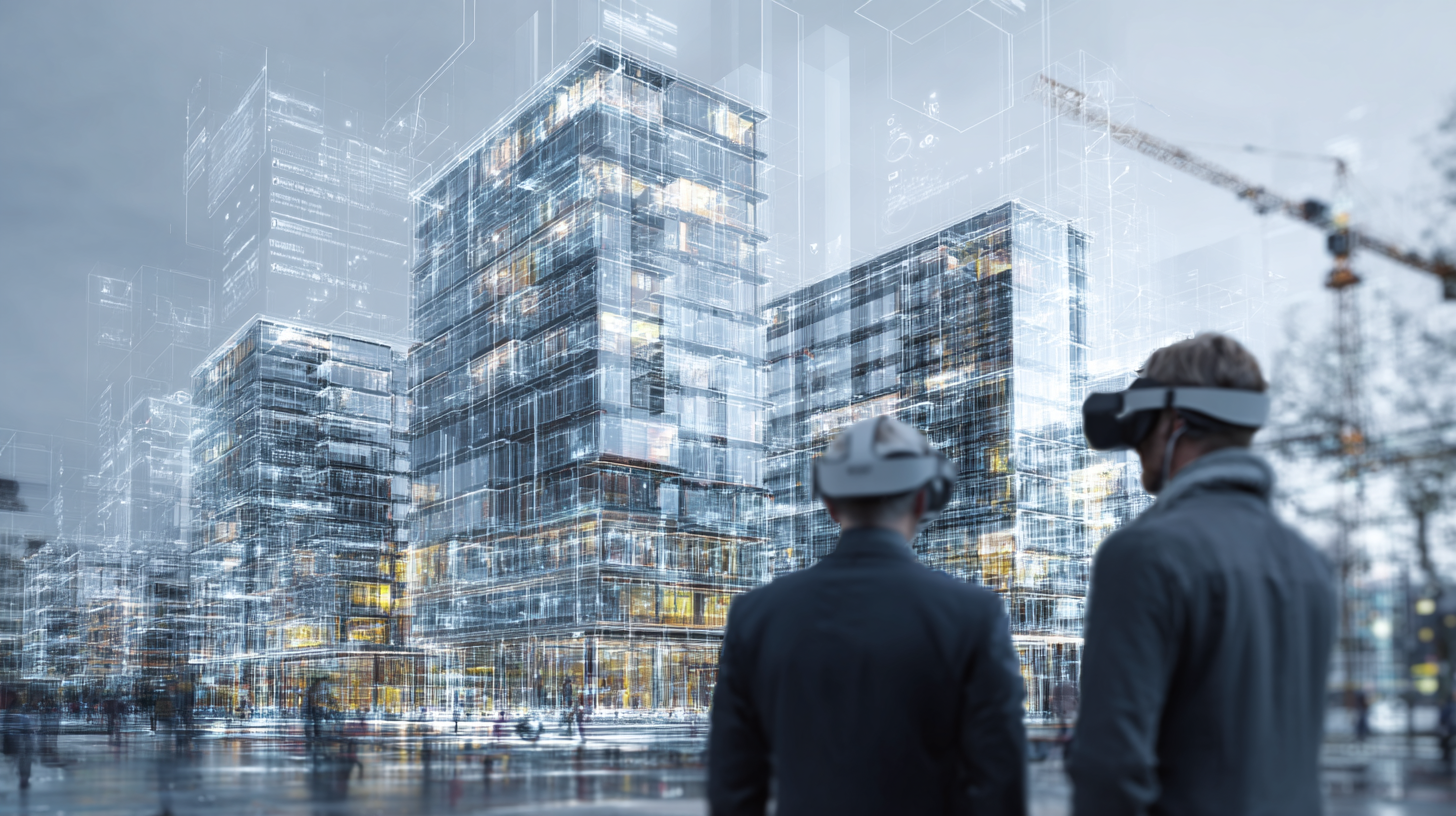
How AR & VR Are Revolutionizing Commercial Building Design
Augmented Reality (AR) and Virtual Reality (VR) might sound like concepts from a science fiction movie, but they are rapidly becoming essential tools in the commercial construction industry. Technology adoption is accelerating across the sector as companies seek more efficient, accurate, and collaborative ways to work. AR and VR are at the forefront of this shift, fundamentally reshaping how commercial buildings are designed, visualized, and ultimately delivered. These immersive technologies allow architects, builders, and clients to step inside a project long before the first brick is laid, transforming abstract blueprints into tangible experiences.
This guide will explore the powerful impact of AR and VR on commercial building design. We will cover their specific roles, the significant benefits they offer, and real-world applications that are already making a difference. For any business looking to partner with the best commercial construction company in Chennai, understanding how these technologies are leveraged is key to ensuring your project is innovative, efficient, and future-proof.
The Role of AR & VR in Commercial Building Design
While often discussed together, AR and VR play distinct yet complementary roles in the construction process. It’s important to understand the difference to appreciate their full potential.
- Virtual Reality (VR) creates a completely immersive digital environment. Users wear a headset that blocks out the real world, transporting them into a computer-generated model of a building. Here, they can walk through rooms, inspect structural details, and experience the scale and feel of a space as if it were already built.
- Augmented Reality (AR) overlays digital information onto the real world. Using a smartphone, tablet, or specialized glasses, users can see digital models, plans, and data superimposed on a physical construction site. For instance, an engineer can look at a structural beam and see its load-bearing data appear right next to it.
For architects, engineers, and contractors, these technologies are more than just fancy gadgets. They are powerful tools that bridge the gap between imagination and reality. They help translate complex 2D plans into understandable 3D experiences, making it easier for everyone involved to align on a single vision.
Key Benefits of AR & VR in Commercial Construction
Integrating AR and VR into the design and construction workflow offers a multitude of advantages that lead to better buildings and happier clients.
Improved Visualization
One of the greatest challenges in construction is helping clients visualize the final product from a set of blueprints. VR solves this by allowing clients to take a virtual tour of their future office, retail store, or hotel. They can experience the flow of the space, see how natural light fills a room, and understand the scale of the design in a way that drawings and renders simply cannot convey. This deep level of understanding ensures the final product aligns perfectly with their expectations.
Fewer Design Errors
Identifying design flaws or clashes between systems (like plumbing and electrical) early in the process is crucial. With AR and VR, architects and engineers can inspect a detailed 3D model from every angle. This allows them to spot potential issues, such as a duct running through a structural beam or a door that opens into a walkway, before construction begins. Catching these errors in the digital phase is significantly cheaper and faster than fixing them on-site.
Enhanced Collaboration
Commercial construction projects involve numerous stakeholders, including architects, engineers, clients, and various contractors. AR and VR create a shared virtual space where everyone can collaborate in real time. A team spread across different cities can meet inside a virtual model to review progress, discuss changes, and make decisions together. This level of collaboration streamlines communication and ensures everyone is on the same page.
Better Client Engagement
Complex architectural designs can be difficult for clients to grasp. Immersive walkthroughs make the design process more transparent and engaging. Clients feel more involved and confident in the project when they can see and interact with the design. This active participation leads to faster approvals and a stronger client-builder relationship, a hallmark of the top builders in Chennai.
Cost & Time Savings
By reducing design errors, minimizing rework, and speeding up the approval process, AR and VR deliver significant cost and time savings. When issues are resolved digitally, the need for expensive on-site changes is dramatically reduced. Faster decision-making and better collaboration keep the project on schedule, preventing costly delays.
Real-World Applications in Commercial Projects
The practical uses of AR and VR are already being demonstrated in commercial construction projects around the world.
- Virtual Walkthroughs: Architects are using VR to present proposed office spaces, shopping malls, and hotel layouts to potential investors and tenants. This allows them to secure commitments before construction is even complete.
- AR on Construction Sites: Site managers use AR-enabled tablets to overlay digital building plans onto the physical structure. This helps them verify that work is proceeding according to the design, check measurements, and ensure components are installed in the correct locations.
- Safety Training with VR: Construction sites can be dangerous. VR is used to create realistic simulations of hazardous conditions, allowing workers to practice safety protocols in a controlled environment without any real-world risk.
- Interior Layout Planning: For commercial offices, AR and VR help clients plan the interior layout by placing virtual furniture and equipment within the space. This ensures the final layout is functional and optimized for their needs.
Challenges of Implementing AR & VR
Despite the clear benefits, the adoption of AR and VR is not without its challenges.
- High Initial Investment: The hardware (headsets, powerful computers) and software required for professional-grade AR and VR can be expensive, which can be a barrier for smaller firms.
- Training and Skill Requirements: Using these technologies effectively requires specialized skills. Teams need to be trained not only on the software but also on how to integrate it into their existing workflows.
- Integration with Existing Tools: For maximum benefit, AR and VR platforms need to integrate seamlessly with existing Building Information Modeling (BIM) and project management software. Ensuring compatibility can be a complex technical challenge.
The Future of AR & VR in Commercial Building Design
The future of AR and VR in construction looks incredibly promising. We can expect to see even deeper integration with other technologies like Artificial Intelligence (AI) and Digital Twins, where a real-time virtual replica of a physical building is maintained throughout its lifecycle.
Hardware will also become more accessible and user-friendly, with lightweight AR glasses and more affordable VR headsets entering the market. As these technologies mature, their adoption will become standard practice, not just for global firms but also within growing markets like India. Companies that embrace these tools now will be well-positioned to lead the industry.
Build Smarter with a Tech-Forward Partner
AR and VR are no longer futuristic fantasies; they are practical tools that are delivering real value in commercial construction today. By enabling superior visualization, improving collaboration, and reducing errors, these technologies help create better buildings more efficiently. For organizations planning a new commercial project, partnering with a construction company that leverages these innovations is essential for success.
Forward-thinking firms, including the best commercial construction company in Chennai, are already adopting these technologies to deliver superior results for their clients.
Looking to build smarter commercial spaces? Contact Buildiyo for innovative, tech-driven construction solutions that bring your vision to life.
